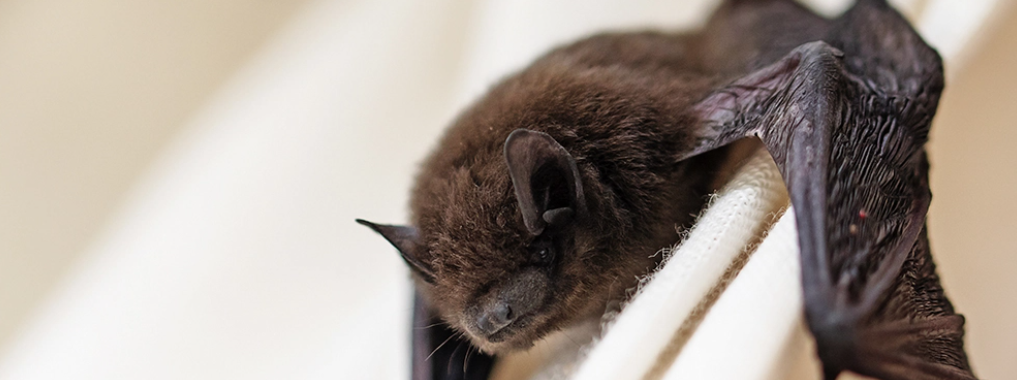
Bat Removal
For Immediate Help
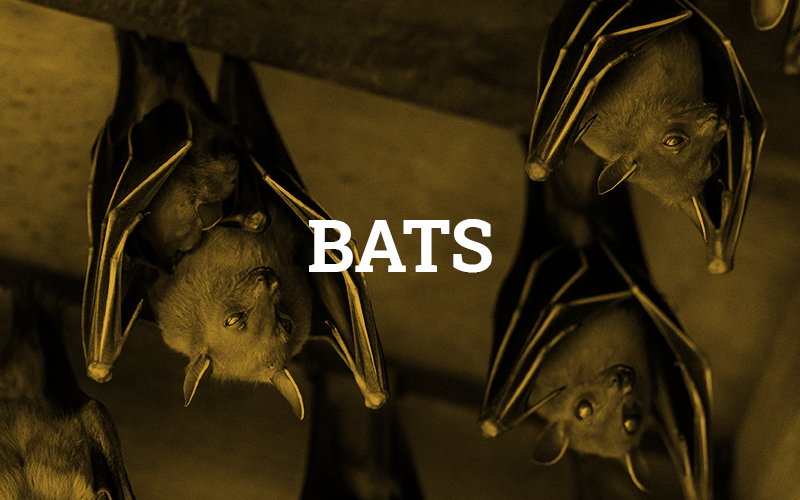
There are eighteen species of bats in Canada, and all are insectivores. One bat can eat up to 1,000 mosquitoes in an hour. Bats play a vital role in the local ecosystem and can help the economy.
Non-migratory bats (Northern long-eared bat, Big brown bat, Little brown bat, Eastern small-footed bat, Tri-colored bat) are more likely to live in urban areas and will hibernate. During the summer, these bat species are more likely to use a manmade structure to rear their young.
Bat Removal
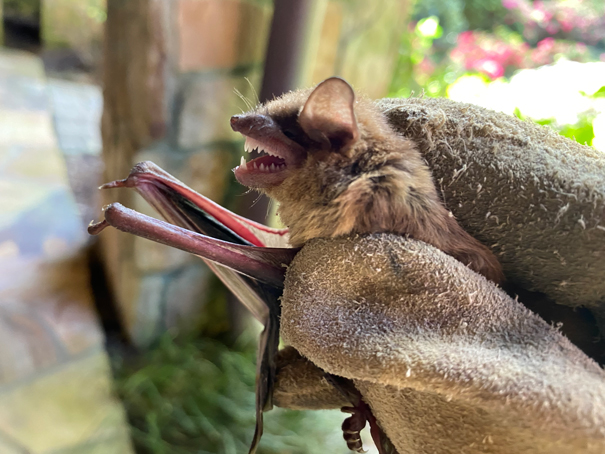
Bats are protected under the Fish and Wildlife Conservation Act. It is illegal to kill bats.
Inspection
Our Wildlife Specialist will search for signs such as rub marks, guano, a strong scent of ammonia, and small openings.
Bat Removal Services
The most effective and humane way to remove bats is by utilizing a bat valve in conjunction with a full home exclusion. Once the bat valve is installed, all other entry points will be sealed, allowing for bats to only exit through the valve. The removal process typically takes 3-7 days. Our specialist will perform a final attic inspection before removing the valve. After removing the valve, the final entry point will be sealed, leaving your home bat-free.
Exclusion and Repair
Once all bats are gone, we seal the entire house to prevent bats from reentering. Some bats return to the same roost year after year. We remove all guano and apply disinfecting agents to the area.
Signs of Bats in the House
Bats will most likely roost in your attic. Bats can squeeze into openings as tiny as 6mm. In last spring, bats enter a house for a safe place to rear their young. In the winter, non-migratory bats look for dry, sheltered locations to hibernate.

Bat Sounds & Noises
Nocturnal creatures, it can be difficult to hear bats. But if a maternity colony gets large enough, you will be able to hear them in your attic.
Vocal Noises
Bats make sounds that are two or three times higher than humans can hear. When the flying mammals use echolocation, humans are only sometimes able to make out very quiet clicks.
Movement Noise
Residents may hear scratching and flapping sounds made by bats trapped inside attics or other areas of the home.
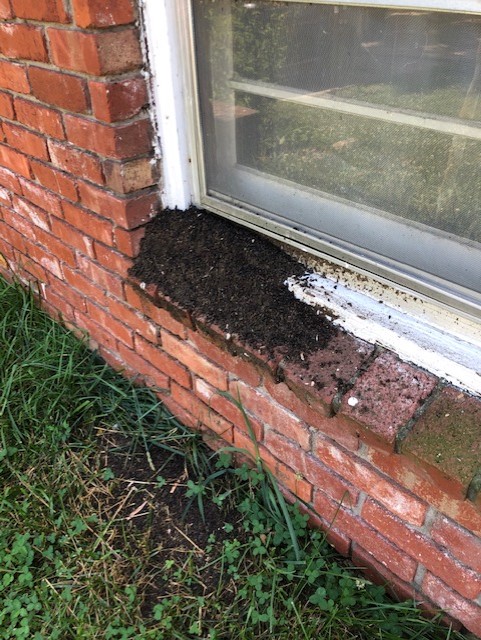
Bat Guano
Bat droppings, known as guano, are small and dark in coloration. The elongated pellets are crumbly and turn to dust when touched. Often used as fertilizer because of its high nitrogen and phosphorus content, guano can be dangerous when allowed to accumulate in the home. The nutrient-rich droppings cultivate the growth of histoplasmosis fungus, which causes severe respiratory problems in humans.
Bat Damage
Bats actually provide significant value to people both environmentally and economically. While bats can be vectors for rabies, it is rare for a bat to transmit it to people. Bat guano poses the biggest threat to people.
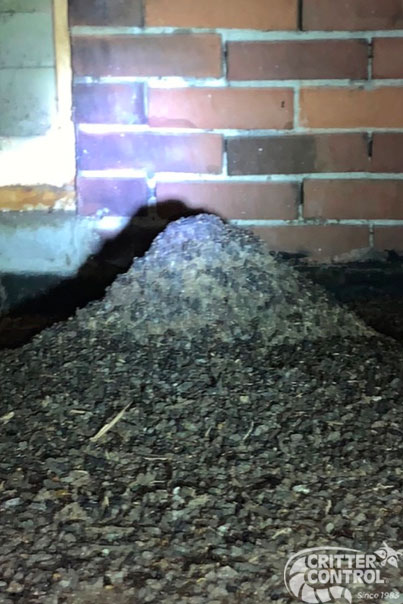
Deposits of guano accumulate within walls and attics as well as on the ground and roof tiles. The musty, acrid smell of bat droppings, along with the stains they leave on walls or ceilings, is a sure sign of bat infestations.
Bat guano and urine are extremely corrosive. Over a long period of time, the accumulation in attics can cause wood, metals, and masonry to deteriorate.
Bats also host ectoparasites, like fleas, flies, ticks, and mites, that endanger the health of humans and pets. Once a bat colony has been evicted, those ectoparasites will look for another host unless they are exterminated.
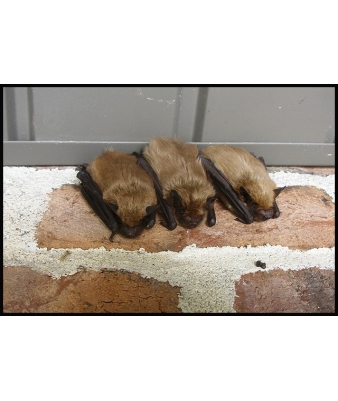
Bat Diseases
Bat guano can also be harmful to your health. Histoplasmosis is an infection caused by the fungus Histoplasma. People get histoplasmosis after breathing in the microscopic fungal spores. If there is a bat colony in your attic, do not enter your attic!
Bats can carry rabies, but bat rarely bite humans.
